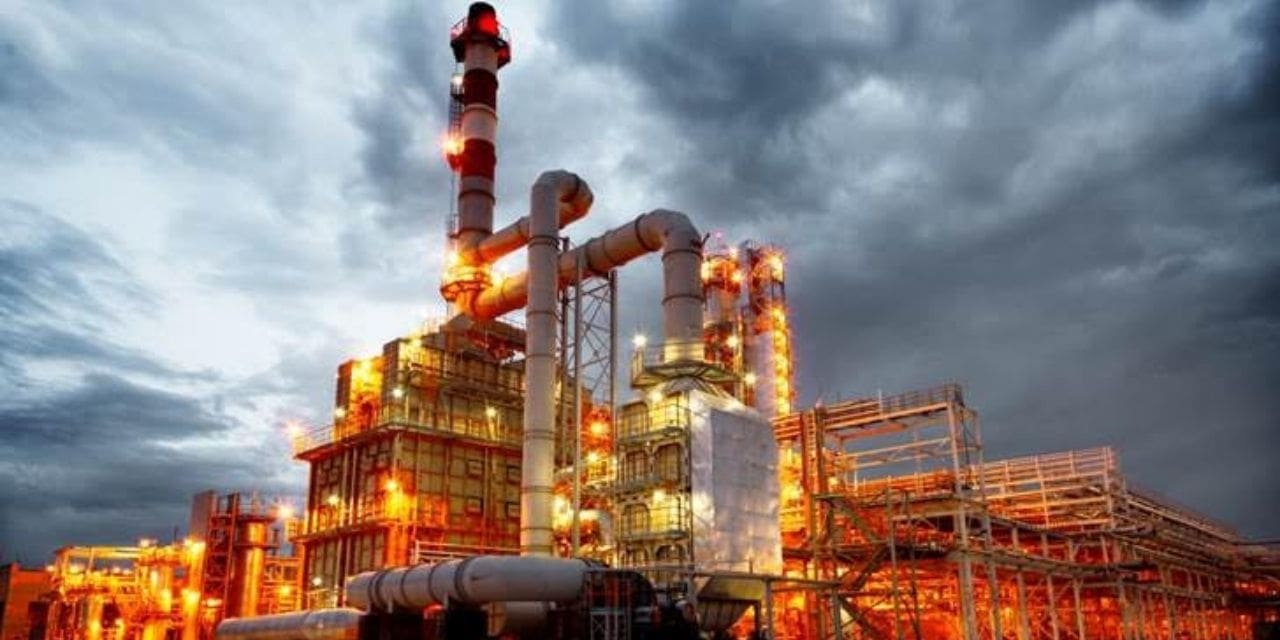Market Overview:
The industrial gas market, whether supplied as gases or in liquefied form, utilizes delivery methods such as gas cylinders, bulk liquid, or pipelines. In 2021, the market was valued at $93.7 billion, with projections indicating it will exceed $129.1 billion by 20230 studied by Persistence Market Research.
Manufacturers within the industrial gases market sector are poised to capitalize on substantial opportunities by directing their attention towards countries like China and India within the Asia Pacific region. This is due to the anticipated rise in capital expenditure for construction projects and mega infrastructure endeavors slated for the foreseeable future in these regions.
Continued investments in extensive infrastructure projects and significant allocations in core industrial sectors are anticipated to fuel the demand for industrial gases until 2029. Central and state governments have implemented various initiatives such as tax incentives, flexible regulations, and access to low-cost land, and resources to bolster industrial growth within their respective regions.
Key market growth factors:
Increasing industrialization: As economies grow and industrialize, there is a higher demand for industrial gases across various sectors such as manufacturing, energy, healthcare, and electronics.
Rising demand for healthcare services: The healthcare industry relies heavily on industrial gases for medical treatments, surgeries, and diagnostic procedures, driving the demand for gases like oxygen, nitrogen, and carbon dioxide.
Expansion of the electronics industry: With the proliferation of electronic devices and technologies, there is a growing need for specialty gases like high-purity nitrogen, argon, and helium in semiconductor manufacturing and other electronic applications.
Infrastructure development: Large-scale infrastructure projects, particularly in emerging markets, require industrial gases for activities such as welding, cutting, and metal fabrication, contributing to market growth.
Market Restraints and Challenges:
Cost pressures: Fluctuating prices of raw materials, energy, and transportation can impact the profitability of industrial gas producers and distributors, especially during economic downturns or periods of heightened competition.
Regulatory compliance: Compliance with evolving environmental, safety, and quality standards requires significant investments in equipment, infrastructure, and personnel training, posing challenges for smaller players or companies operating in multiple jurisdictions.
Intensive capital requirements: Establishing and maintaining production facilities, storage infrastructure, and distribution networks for industrial gases entail substantial capital investments, limiting entry barriers for new entrants and expansion opportunities for existing players.
Competitive landscape: The industrial gas market is highly competitive, with numerous global and regional players vying for market share. Intense competition can lead to pricing pressures and margin erosion, particularly in commoditized segments.
Top Trends:
Digitalization and Industry 4.0: Adoption of digital technologies such as IoT sensors, data analytics, and automation in industrial gas production, storage, and distribution processes to enhance efficiency, safety, and reliability.
Sustainability initiatives: Increasing focus on sustainable production methods, including renewable energy-powered electrolysis for hydrogen production, carbon capture and utilization, and waste-to-energy processes to minimize environmental impact and meet decarburization goals.
Hydrogen economy: Growing interest in hydrogen as a clean energy carrier for sectors like transportation, power generation, and industrial processes, driving investments in hydrogen production, storage, and distribution infrastructure.
Specialty gas demand: Rising demand for high-purity gases in niche applications such as electronics manufacturing, healthcare, aerospace, and research laboratories, fueled by advancements in technology and product innovation.

